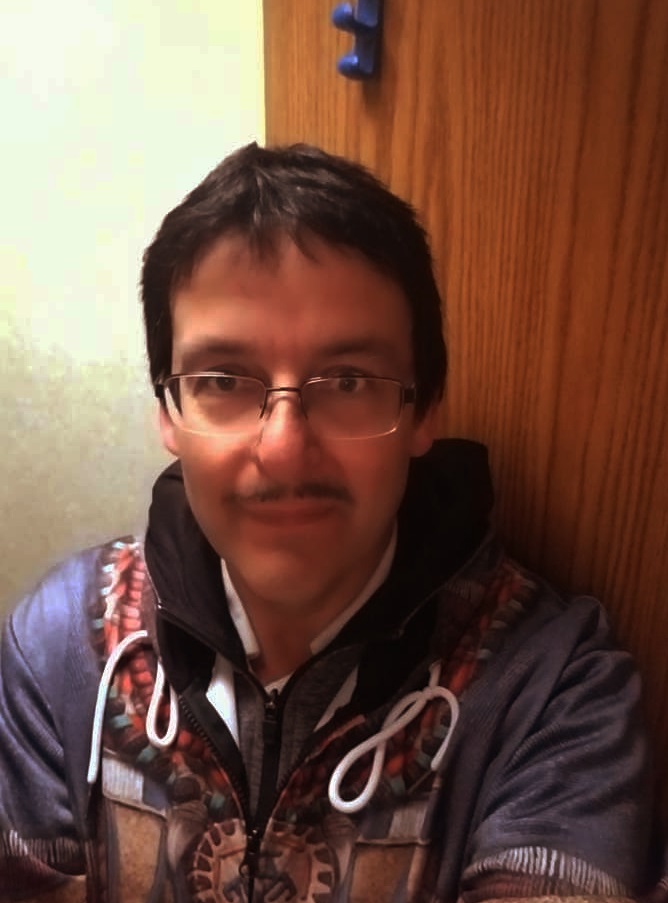
 |
| Thunder Cloud |
Pjila'si (welcome). Sweetgrass is a very popular plant to the Mi’kmaq. It is often found in relatively moist ground or boggy soils where other long grasses grow. Because of the long shiny stems of sweetgrass and with its purplish roots, a person is able to pick them out quite easily from among other wild grasses. Often the gathering of sweetgrass is preceded by a thanksgiving ceremony performed by the person who is to pick the straws. Gathering of sweetgrass is done mainly in the months of June and July. Sweetgrass is used by our people in many other ways including interweaving into their basketry and other craftwork. But probably the widest and the other significant use of it is made in prayer purposes and other spiritual related ceremonies. It is used in pipe bundles and medicine bundles along with sage to purify and protect sacred objects. Sweetgrass is becoming very rare today, its territory severely diminished.
Sage comes from the word Salvia which is derived from the Latin root Salvare which means "to Heal". Sage grows mainly in drier; almost arid parts of the country. The burning of sage, either in bundle form or in powdered form will produce a sweet aroma that enhances the atmosphere of the area where cultural and traditional ceremonies are being performed. It serves the same purpose as Sweetgrass or incense in its functions in various ceremonies. Sage is burned in smudging ceremonies to drive out bad spirits, feelings, or influences and also to drive out bad spirits from entering the area where a ceremony takes place. In plains nations, the floor of the sweat lodge is wrapped in cloth. or is usually burned by shaving little bits over hot coals or lighting the end and waving it around, letting the smoke spread though the air. We were taught to burn sweetgrass after the sage or cedar had driven out the bad influences. Burning cedar or sweetgrass while praying send the prayer up to the creator in the smoke.
Commercial or homegrown tobacco is yet another item that is commonly and quite universally used across our Turtle Island (North America) where traditional and cultural ceremonies take place. Tobacco can either be smoked in a ceremonial pipe; carrier's pipe or it can be just sprinkled freely into an open fire during a ceremony being preformed. I have participated in the traditional peace pipe ceremony. It is a very spiritual and uplifting experience. A special blend of tobacco and herbs is used. In the past, the tobacco was traditionally made from red willow bark, bearberry leaves and a native tobacco plant. One of the most widely accepted practices is exchanging or giving tobacco when one person asks another for personal favours or requests a performance of a special service such as a purification, healing thanksgiving, or other traditional line ceremonies. Welálin (thank you).
Compiled by Jasen S. Benwah
Local Mi'kmaq Researcher
Cape St. George, NL.(Ktaqamkuk)
Wantaqo'ti, (peace).
Website Copyright © 2005 Benoit First Nation